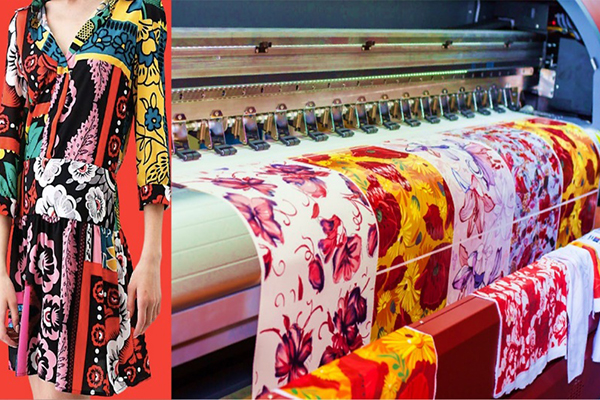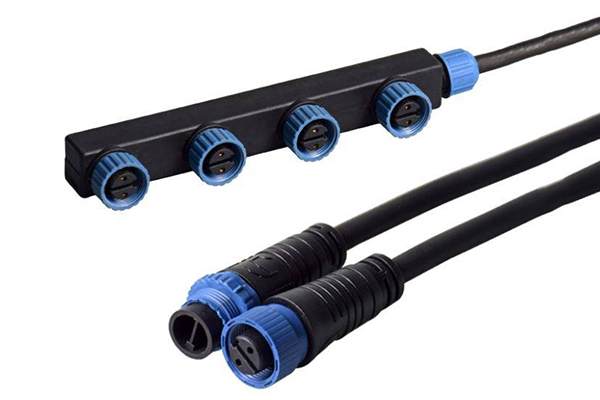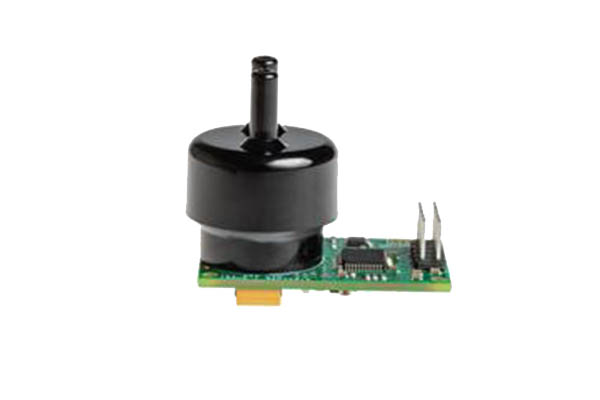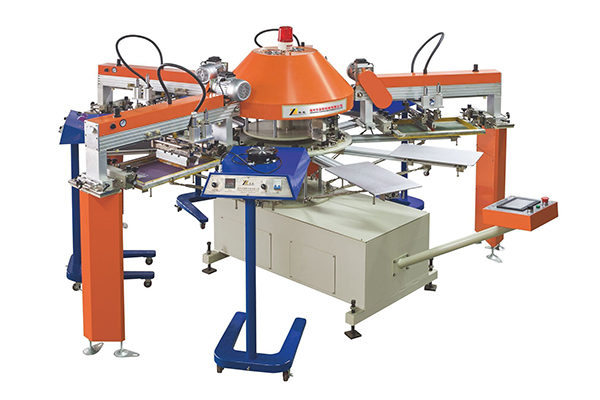The textile printing and dyeing industry plays a crucial role in clothing processing, encompassing various stages such as pre-treatment, dyeing, printing, and washing. China has experienced rapid growth in the textile printing industry and is one of the major producers in this sector. However, excessive formaldehyde content in garments has been frequently reported, posing risks to both long-term health and being a leading cause of leukemia.
Formaldehyde, a volatile compound, is added to textiles to prevent fading and ensure garment quality. It also helps garments resist wrinkling and shrinking, thereby maintaining their aesthetic appeal. Unscrupulous businesses often add formaldehyde to garments for higher profits, disregarding its adverse effects on human health.
Formaldehyde is an irritant that can cause skin allergies and respiratory diseases. Even in small amounts, formaldehyde can irritate the eyes, skin, and mucous membranes. Exceeding the formaldehyde limit can lead to severe mucous membranes and respiratory tract inflammation, causing dermatitis. Research has also indicated that N-hydroxymethylated compounds, which react with formaldehyde in protein bio-cells, have been metabolized and are suspected to be carcinogenic.
Detecting Formaldehyde in Clothing:
One way to detect the presence of formaldehyde in clothing is through smell. Formaldehyde is a colorless, pungent gas; if clothing contains formaldehyde, it emits a strong odor.
Dealing with Formaldehyde in Clothing:
Cleaning and airing garments is an effective way to reduce formaldehyde content. Newly purchased clothes should be soaked and washed to allow the formaldehyde to dissolve in water. After washing, hanging the clothes in a sunny area facilitates complete evaporation of formaldehyde while also providing disinfection and eliminating harmful substances such as bacteria and mites.
Formaldehyde Sensors for Detection:
Given the necessity of formaldehyde monitoring in the textile printing industry, formaldehyde sensors can be employed to measure formaldehyde concentrations. Here are two recommended formaldehyde sensors:
NE-HCHO-S:
The NE-HCHO-S electrochemical formaldehyde sensor from Japan’s NEMOTO offers high sensitivity and reliability. It is suitable for detecting and measuring residual formaldehyde concentrations in wood building materials or post-sterilization. The sensor is compatible with various devices.
- Detection gas: Formaldehyde
- Detection range: 0 ~ 10 ppm
- Maximum overload: 50 ppm
- Output signal: 600 ± 150 nA/ppm
- Repeatability: ± 5%
- Typical baseline range (in pure air): < ± 0.05 ppm
- Typical response time (T90): < 120 sec. (HCHO: 1 ppm)
- Baseline change (0 ~ 40°C): < 0.2 ppm
- Expected lifespan: Over 2 years
TB600C-HCHO-100:
The TB600C-HCHO-100 formaldehyde sensor from Germany’s EC Sense offers high accuracy, long lifespan, fast response and recovery, zero drift, and plug-and-play functionality. It features excellent precision, repeatability, linearity, consistency, and resistance to electromagnetic interference.
- Detection principle: German EC Sense solid-state polymer electrochemical detection technology
- Detection gas: Formaldehyde
- Detection range: 0 ~ 100 ppm; Resolution: 0.1 ppm
- Lowest detection limit: 1 ppm
- Stable time (typical): < 120 seconds (storage in clean air for the first time, powered on)
- Response time (typical): < 3 seconds (T50: < 40 seconds, T90: < 80 seconds, T100: < 180 seconds)
- Zero recovery time (typical): < 40 seconds for 50 ppm (to below 1 ppm, in a ventilated relatively clean environment)
- Calibration substance: Formaldehyde gas
- Expected sensor lifespan: Over 3 years in a relatively clean air environment
- Output signal: Standard 3.3V level UART digital signal
Conclusion:
Given the associated health risks, formaldehyde monitoring is crucial in the textile printing industry. Using formaldehyde sensors allows for accurate detection of formaldehyde concentrations. The NE-HCHO-S sensor from NEMOTO and the TB600C-HCHO-100 sensor from EC Sense are recommended options for reliable formaldehyde detection. Employing these sensors will help ensure compliance with safety regulations and promote healthier and safer garments for consumers.



